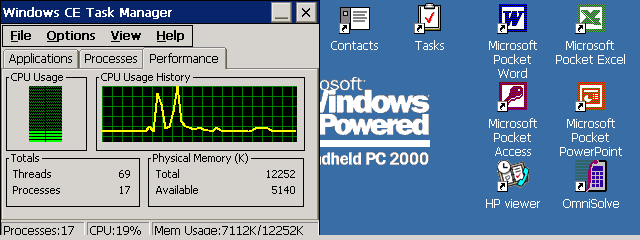Device Manager Wince
I am trying to connect a Symbol/Motorola MC3000 device running Windows CE 5.0 to Windows 7. The device shows up in Device Manager under 'Windows CE USB Devices. Running Applications on the Windows CE Device Emulator. Start the Device Emulator Manager,, select the device, right-click and choose Cradle from the context.
1/6/2010 Device Management is one of the key requirements for deploying target devices in an enterprise scenario. Managing target devices involves being able to remotely distribute software, keep track of software and hardware, manage inventory, and configure target devices. Methods of installing files or applications on Windows Embedded CE-based devices that do not use Device Management functionality often require user interaction and offer no way of keeping a target device updated over time, nor do they offer an administrator an easy way to centrally distribute software, and manage hardware and software.

To test using the Windows CE Device Emulator: • Install the emulator and configure it to use a local directory as an emulated storage device. • On your local system, create a directory to be used as an emulated storage device.
For example, D: mobile. • Install the emulator according to the installation instructions.
First install the emulator itself ( V1Emulator.zip), then the, and finally the OS images ( efp.msi). • Start the Device Emulator and choose File ► Configure.
• In the General tab, specify the directory ( D: mobile) in the Shared folder field. • Configure the synchronization software to recognize the emulator. For example, for ActiveSync, choose File ► Connection Settings, and select Allow connections to one of the following. • Install Uniface on the Device Emulator. • Choose Install Uniface Mobile from the distribution media. The Uniface.ce2.CAB is copied to the Uniface Nine Mobile (ce2) directory of your synchronization software, for example: C: Program Files Microsoft ActiveSync Uniface Nine Mobile (ce2). • Start the Device Emulator Manager,, select the device, right-click and choose Cradle from the context menu.
• Install the Uniface licenses on the emulator. For more information, see.
• Deploy the application. • Copy the application files (and data) to Uniface project directory in the shared directory (for example, D: mobile Program Files Uniface Nine common project). • Reconfigure the emulated storage device, by clearing, then resetting the Shared folder. Download Fefe Dobson Sunday Love Rar. (Choose File ► Configure, clear the Shared folder field, and click OK.
Repeat, this time entering the directory name again. This is equivalent to removing and inserting the storage device. For more information, see. • If you do not have the DBE, ORL, or EDB databases installed, you can use the SEQ connector to write sequential files for testing purposes. The SEQ connector may encounter problems when writing many files on the emulated storage card of the emulator.
Therefore, consider using the [ENTITIES] section of the assignment file to redirect these files to the native file system, rather than to the emulated Storage Card. For example: [DRIVER_SETTINGS] SEQ U1.0 [PATHS] $SEQ SEQ: $DEF $SEQ $SYS $DEF $UUU $DEF $WFM $DEF [ENTITIES] ORDER temp ORDER.UDF ITEM temp ITEM.UDF • To start your application: • Tap Start ► Programs ► Uniface.
• In the command line dialog, enter the command line arguments required by your application and press OK. At a minimum, this is the startup shell name.